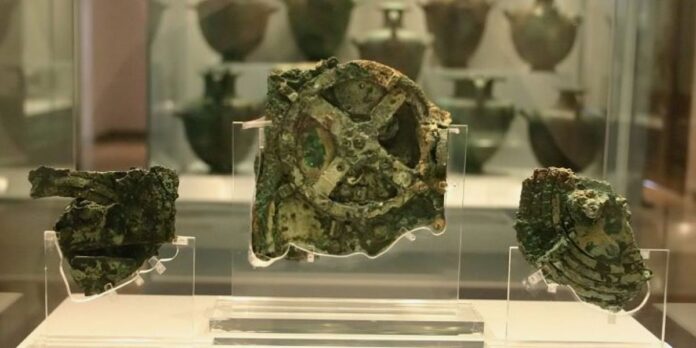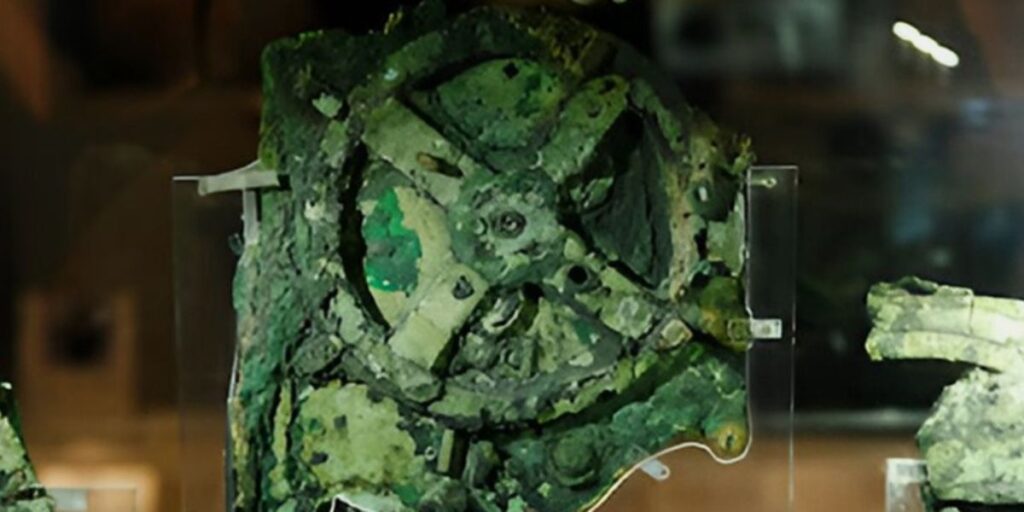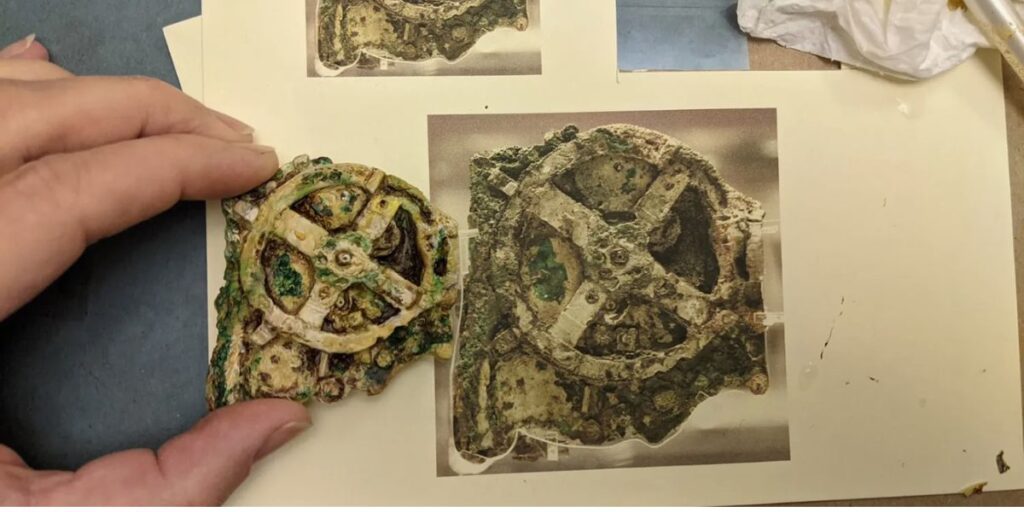The Antikythera Mechanism, an ancient Greek artifact dating back to approximately 150-100 BCE, is often described as the world’s first analog computer. Discovered in 1901 among the wreckage of a sunken ship off the coast of Antikythera a small Greek island, this complex device has captivated historians, scientists, and archaeologists alike for over a century. Its intricate gears and mechanical sophistication hint at advanced astronomical knowledge possessed by the ancient Greeks, raising numerous questions about its purpose, construction, and level of technological achievement during that period.
A Glimpse into History
The Antikythera Mechanism consists of a system of at least 30 bronze gears housed in a wooden case, roughly the size of a shoebox. Initially, it was believed to be a simple astronomical clock, but further research unveiled its multifaceted nature. The device is designed to predict celestial events. Track the movements of the sun and moon, and even model the cycles of the Olympic Games. Its primary purpose seems to have been to provide its user with a mechanical calendar of astronomical phenomena. Reflecting the Greeks’ deep interest in astronomy and timekeeping.
The Complexity of the Mechanism
What makes the Antikythera Mechanism particularly enigmatic is its level of sophistication. The gears are arranged in a way that would be comparable to technology that would not reappear until the 14th century in Europe. This raises questions about the technological knowledge and capabilities of the ancient Greeks. The mechanism includes a differential gear, which allows it to account for the irregularity in the moon’s orbit. A concept that baffled scientists for centuries and wasn’t understood until modern times.
Recent studies using X-ray tomography have allowed researchers to uncover previously unreadable inscriptions on the mechanism. These inscriptions reveal information about the astronomical cycles it tracks and the calendar it maintains. The analysis of these inscriptions has led to insights into how the ancient Greeks understood the cosmos. Demonstrating that they were not only observers of celestial phenomena but also skilled mathematicians and engineers.
Theories of Origin and Purpose
Despite the insights gained from the Antikythera Mechanism, its exact purpose remains a mystery. Various theories suggest it could have been used for educational purposes, teaching students about astronomy, or as a navigation aid for sailors. Others propose it was a personal device for a wealthy individual, designed to impress guests with its complexity and accuracy. Some even speculate that it may have had religious or astrological significance, serving as a tool for divination.
Furthermore, questions persist about its origins. The craftsmanship suggests that the mechanism was likely created in a workshop in a major city like Athens or Rhodes, known for its advanced metalworking and astronomical scholarship. However, no records exist detailing its construction or the individuals involved. Leaving historians to piece together its story from the fragments of information available.
The Antikythera Mechanism Today
Modern research into the Antikythera Mechanism has accelerated in recent years, aided by advancements in technology. Scholars utilize 3D modeling, virtual simulations, and even artificial intelligence to analyze the intricate workings of the device. Despite these advancements, many questions remain unanswered, and the mechanism continues to be a topic of intense study and debate.
The mystery of the Antikythera Mechanism is not just about the device itself but what it represents about human ingenuity and the quest for knowledge. As researchers continue to uncover the secrets of this ancient artifact. It serves as a reminder of the rich history of science and technology that predates the modern era.
Conclusion
The Antikythera Mechanism is a fascinating relic that encapsulates the brilliance of ancient Greek civilization. While it offers glimpses into the technological prowess of its creators. Many aspects remain shrouded in mystery, fueling ongoing research and exploration. Each discovery sheds light on this complex device, yet the questions surrounding its purpose, origin, and implications for our understanding of ancient science persist. The Antikythera Mechanism is not merely an ancient artifact. It is a testament to humanity’s enduring quest to understand the universe and the remarkable innovations that emerge from that pursuit. As we continue to explore its depths, we may yet unravel more of the mysteries contained within this extraordinary machine.




